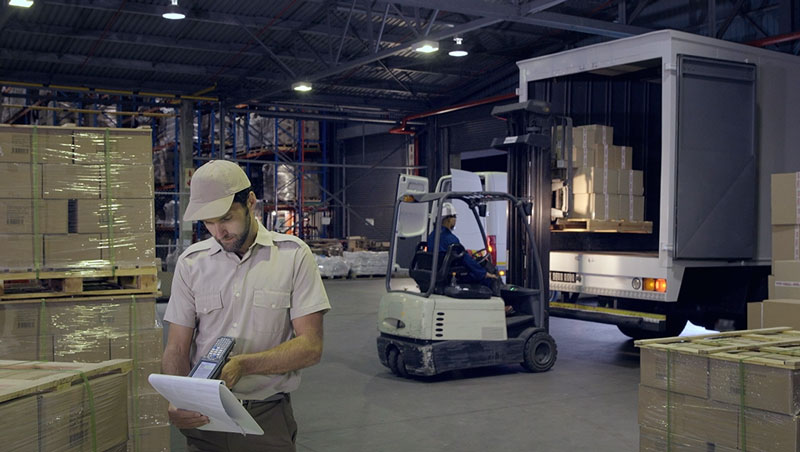Table of contents
The EU Falsified Medicines Directive (FMD) is coming next month, and our recent Meeting EU FMD Warehouse Requirements webinar shows that the industry still has questions about the role of National Systems. Under EU FMD, Marketing Authorization Holders (MAHs) need to upload product data to the European Hub, and also register with the National Systems in the EU Member States where their medicines are sold. Wholesalers and pharmacies, on the other hand, must connect to the National Systems of the countries in which they operate.
As the deadline approaches, companies are wondering about compliance reporting requirements, and how they will connect to and interact with the central EU Hub and National Systems. Here are seven of the most commonly asked questions and answers:
What are National Systems?
National Systems are run by the National Medicines Verification Organisation (NMVO) in each country and serve as the verification platform to check the authenticity of a product in that market. Together with the EU Hub, the National Systems form the European Medicines Verification System (EMVS). A National System receives product serialization data that was uploaded to the European Hub. The NMVO is a not-for-profit organization responsible for managing each National System—which can also be referred to as the National Medicine Verification System (NMVS)—in the corresponding EU Member State.
Why would a wholesale distributor, MAH with distribution practices, or a 3PL need to connect to the EU Hub or National System from their warehouse?
Under EU FMD, there will be circumstances in which companies need to connect to the EU Hub or National System from their warehouse to confirm the authenticity of, or decommission, the products. For instance, when the destination market for a product changes so that it's no longer subject to the law, that product may need to be decommissioned in the warehouse, and product that is returned to the warehouse for resale will need to be verified. The connection is made to the National System to verify the product identifier encoded on medicinal packs or decommission serial numbers before those products are shipped out.
How does a warehouse establish a connection to a National System?
To establish a connection, the company needs to register with the appropriate National System with their wholesale license—otherwise known as a Warehouse and Distribution Agreement (WDA). Once they've done that, they will be given the credentials they need to access the National System.
Can a wholesaler connect to multiple National Systems if they are only registered in one country?
There is value for wholesalers in being able to connect to multiple National Systems as they try to decommission or verify packs but are unsure of which country they were commissioned for. However, the registration for National Systems is country by country. A wholesaler can connect to multiple National Systems, but they'd have to hold a WDA in each of those countries.
What's the most efficient way to connect to National Systems in the warehouse?
TraceLink's Smart Inventory Tracker manages reporting to National Systems for warehouse operations. It's a mobile application that can be used on handheld scanners or smartphones in the warehouse to verify and decommission packs. Smart Inventory Tracker enables the scanning and interpreting of a serial number, and stores it in a company's TraceLink serialization repository. That information can then be used to make the direct report to the National System for wholesalers using a wholesaler connection, or can be reported directly to the EU Hub for marketing authorization holders.
Does TraceLink's solution allow warehouse staff to scan a number of packs and bundle information into one message to the National System?
Smart Inventory Tracker is designed to support the entry of the product's reference data, and then enables warehouse teams to continually scan serial numbers until they have finished reporting all of the products in the pack. National Systems guarantee sub-second responses, so the benefit is the ability to take care of any error messages right after a serial number is scanned. TraceLink also supports integration APIs to receive a bulk quantity of serials from automated equipment such as scan tunnels/packaging lines to perform bulk verifications against the National System.
How will error alerts from the National System appear in Smart Inventory Tracker? Will the software respond with an error message?
Errors received back from the National System—such as "This product is damaged" or "This serial number does not exist"—will be displayed to the user within Smart Inventory Tracker. The user is given real-time status updates in the application, including ones that indicate success or complications.



